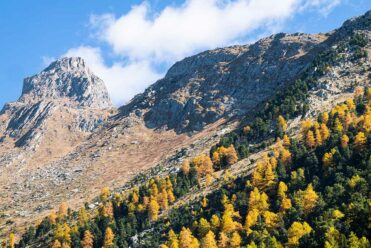Discovering high-altitude lakes: origins, bathing and impacts
While hiking in the mountains on a hot summer's day, you're likely to come across a high-altitude lake with its cool, crystal-clear water. Haute Maurienne Vanoise boasts dozens of high-altitude lakes. The idea of taking a dip, or simply dipping your feet in the water, may well cross your mind. Because yes, even at an altitude of over 2,000 metres, the water isn't always as cool as you might think...
Where do these lakes come from? How were they formed? Can you swim in them, and what are the impacts of bathing in these fragile environments?
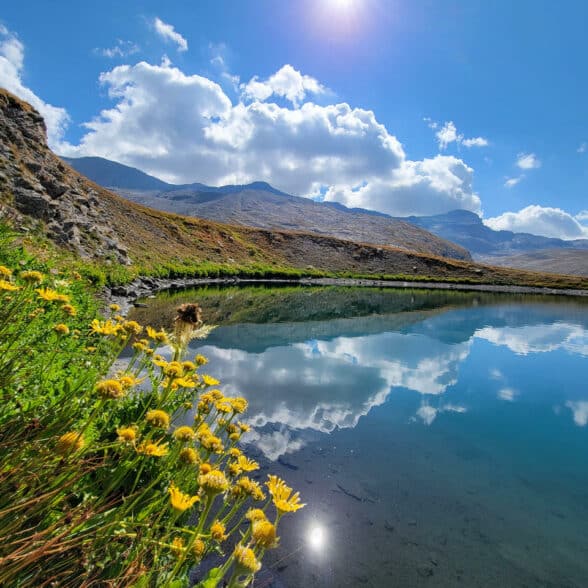
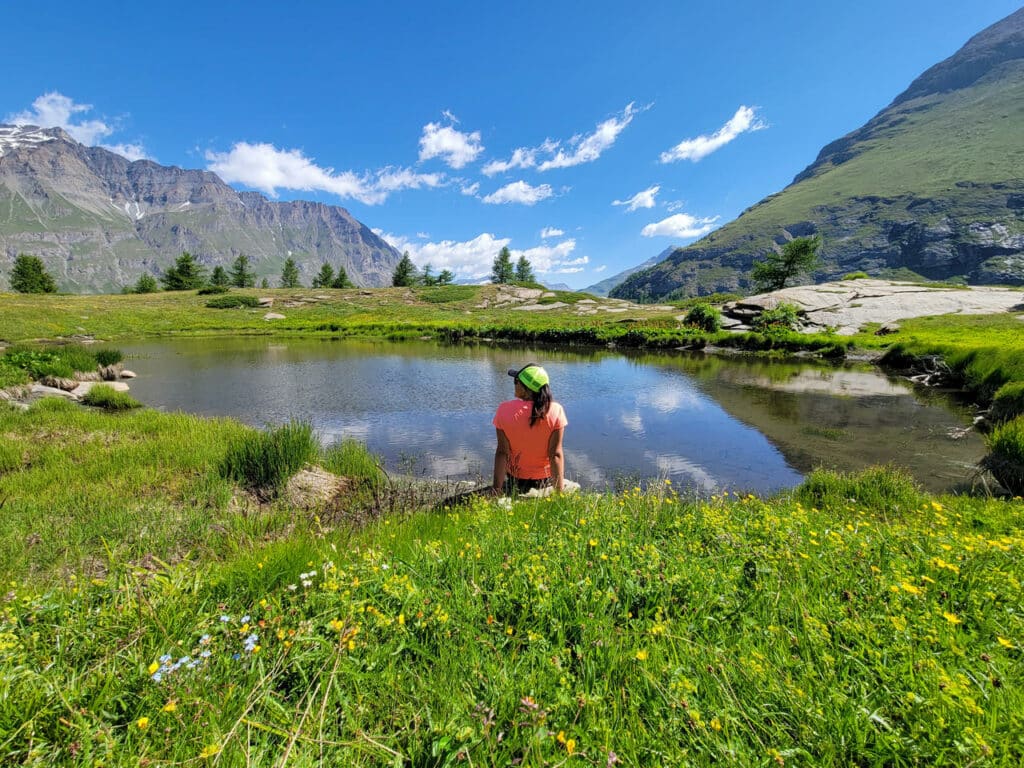
High-altitude lakes are very fragile environments

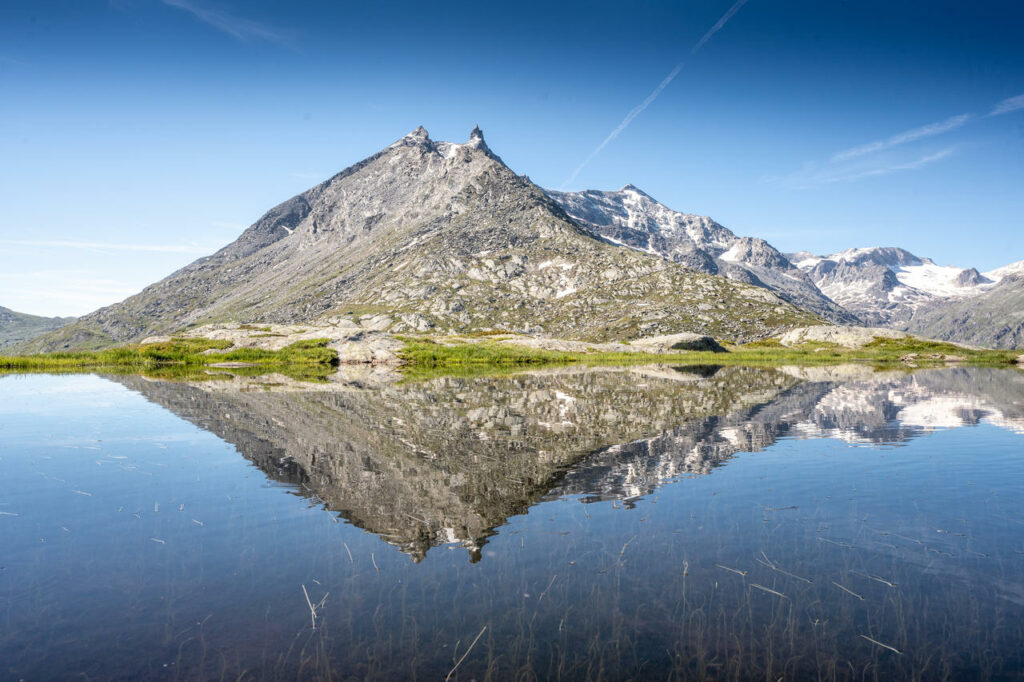
What is a high-altitude lake?
High-altitude lakes are permanent bodies of water at altitudes of over 1,500 meters, at least 0.5 hectares in size (3 Olympic-size swimming pools) and at least 3 meters deep. These lakes are the result of retreating glaciers. During the great ice ages, glaciers carved depressions in the rocky ground. As the glaciers melted, these depressions filled with water, creating high-altitude lakes. These lakes are often closed environments, and their water comes mainly from rain and melting snow.
Their unique environment, marked by lower temperatures and specific ecosystems, makes them particularly sensitive to climate change and possible human pollution.
Learn more about the formation and environment of high-altitude lakes
The importance of high-altitude lakes
Today, there are dozens of high-altitude lakes scattered throughout the Haute-Maurienne Vanoise region and its six resorts: Lac Sainte Marguerite at Valfréjus, Lac de La Partie at l'Orgère, Lac Blanc at Val Cenis, Lac Glaciaire du Grand Méan at Bonneval sur Arc...
These high-altitude lakes play a crucial role in regulating water resources, acting as natural reservoirs that gradually release water from precipitation and snowmelt to the surrounding valleys and plains.
In addition to their hydrological importance, lakes are home to a rich biodiversity with plant and sometimes animal species that have adapted to the harsh conditions of high altitude.
However, these lakes are vulnerable to the impacts of global warming and increasing pressure from human activities such as tourism and agriculture. Preservation of these ecosystems is therefore essential to maintain their fragile ecological balance.
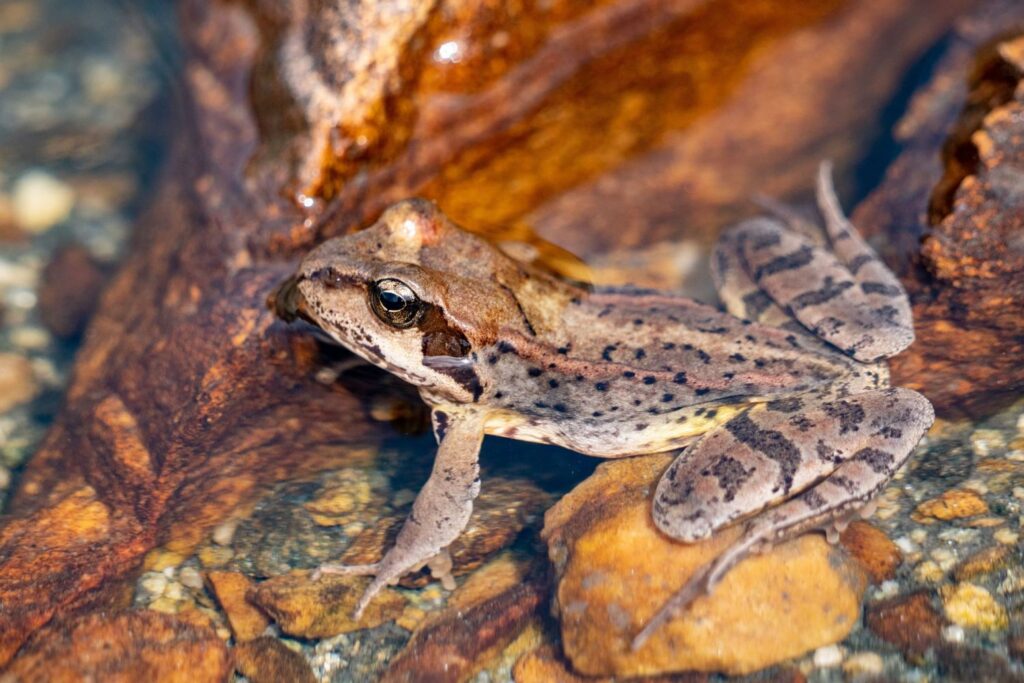
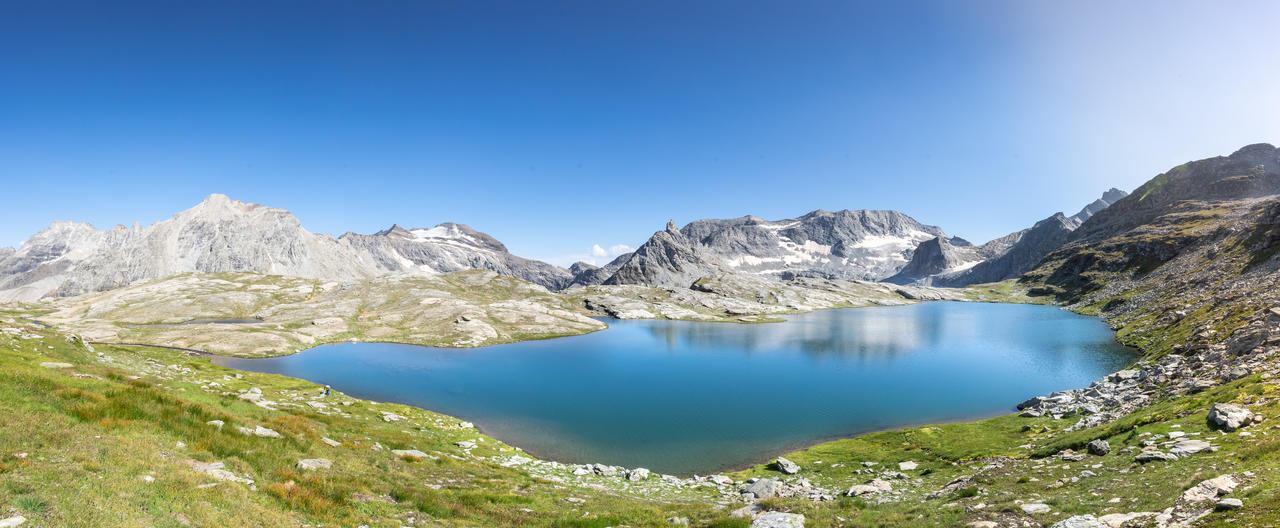
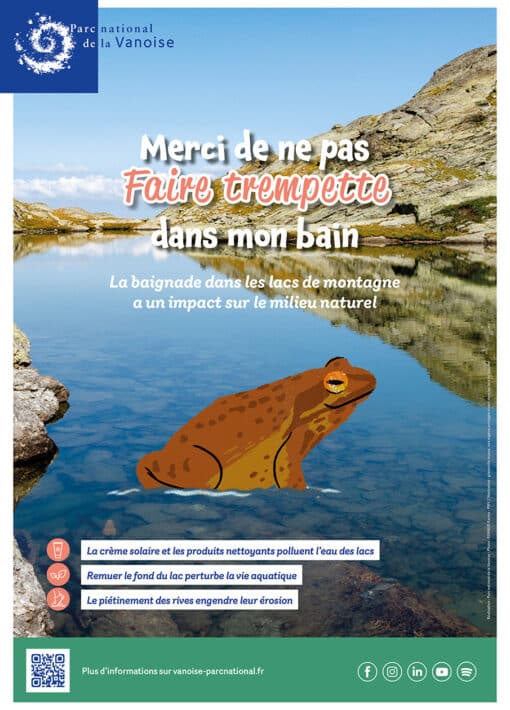
Is swimming permitted in high-altitude lakes?
The turquoise waters of Lac de La Partie, the cool waters of Lac Noir above the refuge d'Ambin, the grandiose setting of the Sainte Marguerite lakes in Valfréjus... These are places that make you want to dip your toes in the water... or take a dip after a long summer's walk.
- Is it possible?
- Yes, but we strongly advise against it.
Why is swimming not recommended?
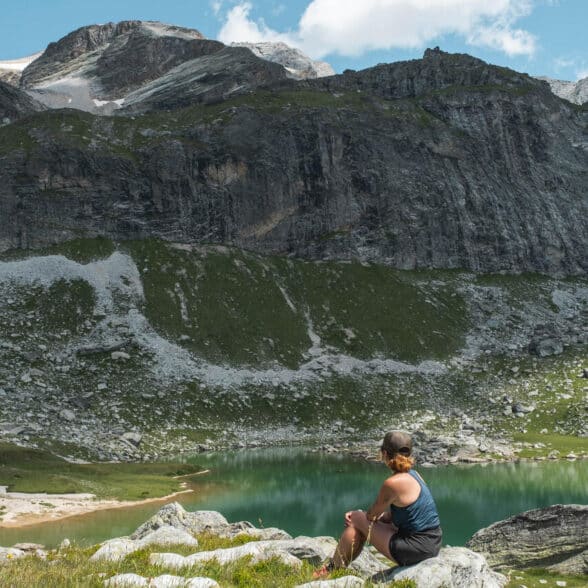
Chemical pollution
High-altitude lakes are "sentinel" environments, reacting very quickly to external changes in their environment. Sun creams, used by hikers to protect themselves from UV rays, often contain chemical components, including endocrine disruptors. These substances can end up in the water when introduced directly through swimming.
Shoreline erosion and bottom disturbance
Swimming in a high-altitude lake can cause silt and sediment to resuspend on the lake bottom. Once in suspension, this silt clouds the water quality and reduces light penetration.
The shores of high-altitude lakes are also crucial areas for frog reproduction. Trampling the banks and swimming in shallow areas can damage these habitats.
Pollution "from lake to lake" when hiking
When hiking, after swimming in a high-altitude lake, a person will "carry" bacteria that were in the water onto his or her skin. If they swim again in another lake a little further away, they will contaminate this second lake with bacteria that may not have been present originally.
.
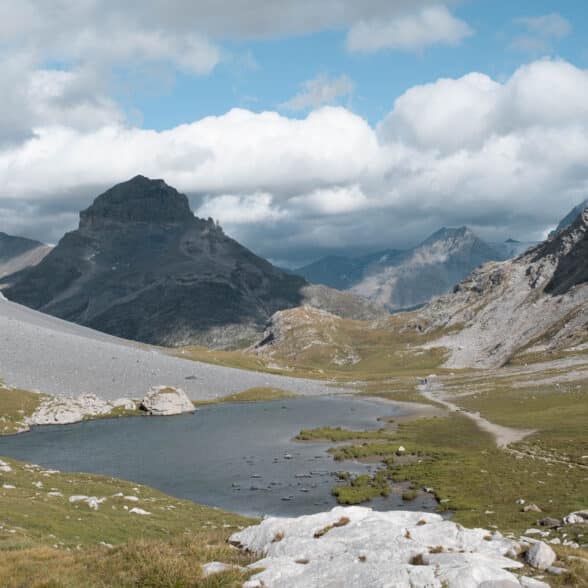
A common heritage to preserve
"High-altitude lakes are very fragile environments. They are particularly sensitive to the slightest physical or chemical change, and have very low resilience. That's why scientists call them sentinel environments.
Any disturbance, however trivial, will have repercussions on the biotope's equilibrium that will very quickly become irreversible. The stakes involved in protecting these high-altitude lakes - already directly threatened by the consequences of climate change - deserve the interest and respect of all of us, at the risk of losing an entire part of our common heritage for the sole benefit of the fleeting leisure of a minority of visitors".
So where can you swim in Haute-Maurienne Vanoise?
The Haute Maurienne Vanoise resorts offer several swimming pools and lakes suitable for bathing.
Where to swim in Haute Maurienne Vanoise ?
A little bonus: if you like water sports, you can also visit the Mont Cenis nautical basejust off the lake for canoeing and pedal-boating.
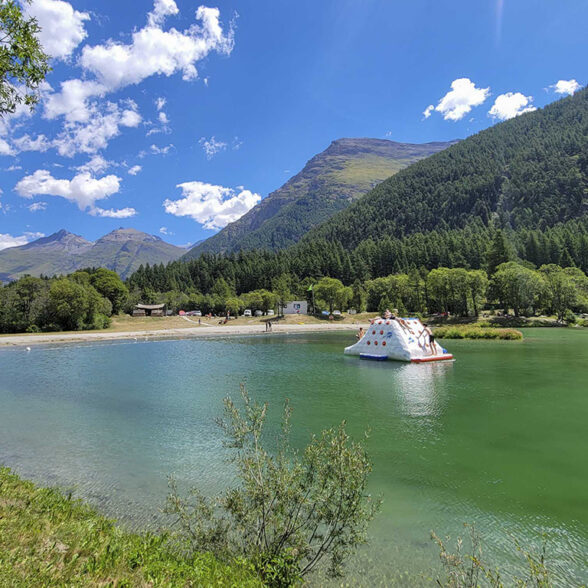
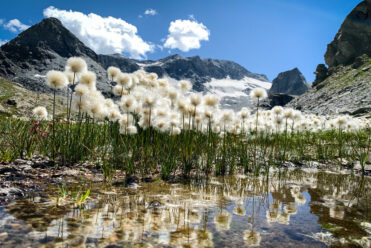
Vanoise National Park
